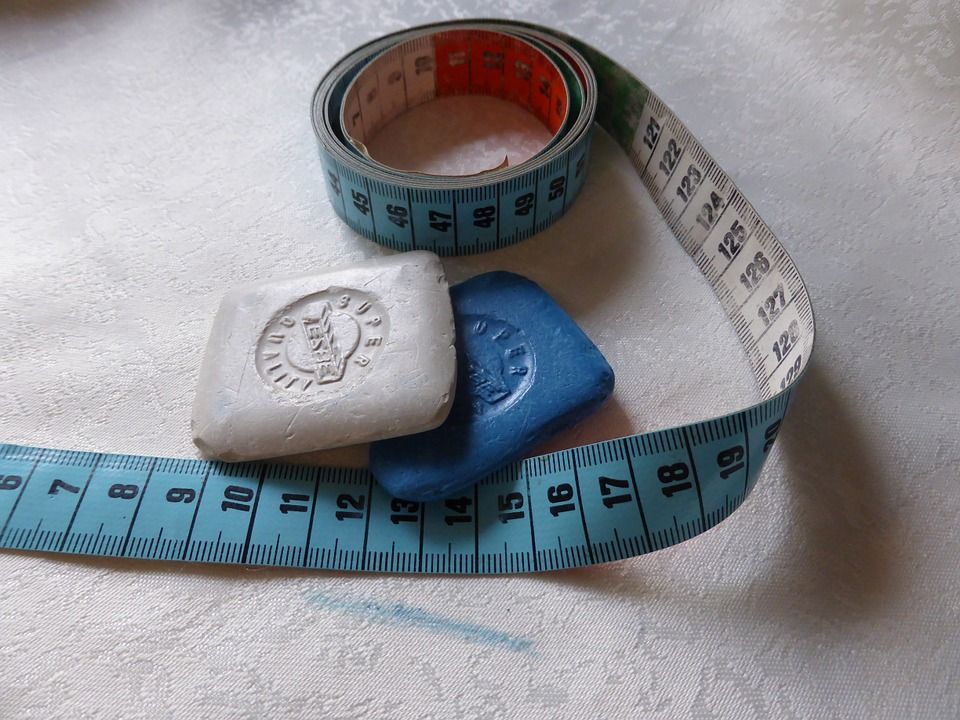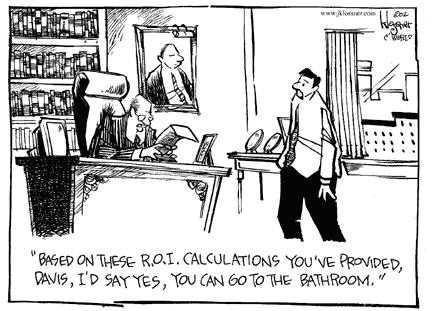User experience is essential; we know that as UX professionals, but how do we communicate the benefits to those who pay for our services? The easiest way is to develop metrics that can indicate that our work benefits the organization we work for. So, what kinds of metrics might we want to use? We’ll look at some common metrics and examine their usefulness in communicating our value to those holding the purse strings.
Singing From the Same Hymn Sheet
Developing metrics is important because it allows for straightforward communication with stakeholders and more importantly, it allows for communication in a single language, numbers, that is clear, direct and (in some cases) more difficult to manipulate than words alone.

The single critical factor about your choice of metrics is that they must be relevant to the business as opposed to relevant just to you. That means you’re not going to report on the number of users you’ve spoken to or the volumes of prototypes created in any given period; these may be important metrics in that they allow you to decide whether your work is on track but to a Chief Finance Officer – they’re near irrelevant.

Author/Copyright holder: John Klossner. Copyright terms and licence: All rights reserved Img source
The first two types of metrics should be absolute and as clear as can be to everyone involved with the project as to their value:
Increases in profits and/or turnover. If your work brings in cash, how that benefits the business is pretty clear. There’s no better moment than announcing that the company’s investment of $100,000 in UX Design has resulted in an uptick in profits of $1 million. More money is always a good thing.
Decreases in costs. The flip side of the increased money in the door is decreased costs. If you can halve your costs and maintain your current sales volumes, there’ll be more cash in the register without having to look farther afield. Don’t become obsessed with cost-cutting; in general, investing in better products is better than eating away at the capacity to deliver those products. Be able to point to the big-ticket items where you’ve eliminated waste, made a significant change in sourcing arrangements, or other indicators.
The final set of metrics tends to be less tangible, and while they won’t necessarily impress the Chief Finance Officer, they may impress other stakeholders.
Numbers that relate directly to that stakeholder’s interests. In the case of customer services, this might be, for example, the number of retained customers at the renewal point. It might be reports of fewer care calls received. These metrics will generally be easiest to define if you start talking to stakeholders early and find out what matters to them. If your work fixes some (or all) of their problems, they may offer support for your work even when there are no firm cash benefits.
Header Image: Author/Copyright holder: Al Abut. Copyright terms and licence: CC BY-SA 4.0











